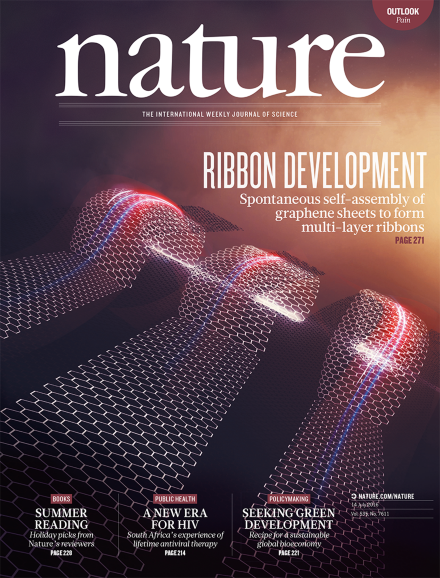Volume 535 Issue 7611, 14 July 2016
News Feature
Editorial
World View
Research Highlights
Seven Days
News
Correction
News Feature
Comment
Summer Books
Correspondence
Obituary
News & Views
Correction
Article
Letter
Feature
Career Brief
Futures
Brief Communications Arising
Outlook
-
The pain drain
Nature Outlook:
-
Biomedicine: Move over, morphine
Nature Outlook:
-
Perspective: Equality need not be painful
Nature Outlook:
-
Imaging: Show me where it hurts
Nature Outlook:
-
Neuropathy: A name for their pain
Nature Outlook:
-
Genetics: An incomplete mosaic
Nature Outlook:
-
Placebos: Honest fakery
Nature Outlook:
-
Palliative care: The other opioid issue
Nature Outlook:
-
Painful progress
Nature Outlook:

